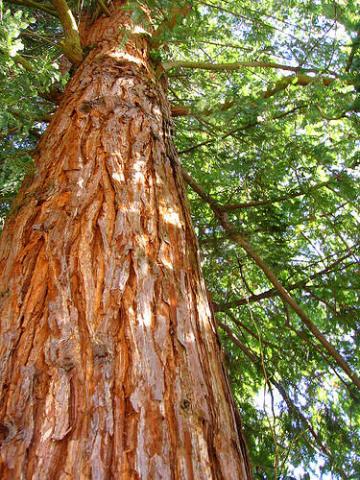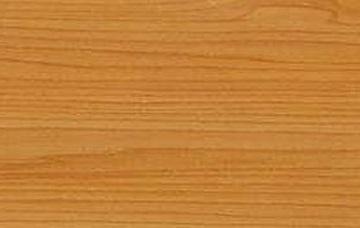Western Red Cedar
Western red cedar or species Thuja plicata is a native of North America. Contrary to its name
it is not a true cedar but a member of the conifer family Cupressaceae.

It has a long history over thousands of years as a timber used for tools, shelter and more by the indigenous cultures of British Columbia.
A highly durable timber it is has a class 2 rating for both in ground and above ground use. Its natural resistance to fungal decay and termite resistance make it appealing as a construction material. External period decor products such as Gable vents and other external trims are often made in western cedar for its all weather durability.
It is a soft, lightweight wood and easy to work. The heartwood varies from pale to dark brown in colour it is straight grained, course texture, very few knots and distinct growth rings. The sapwood is yellow to white and proportionately thin compared with the degree of heartwood.
Australian supplies of western red cedar are predominantly imported from Canada and North America where it is grown in managed forests. Canada is proactive in implementing third party certification which includes International Standard Organisation (ISO), Canadian Standards Association (CSA), Sustainable Forestry Initiative (SFI) and the Forest Stewardship Council (FSC).

Other names
Western Pacific redcedar, giant cedar, shinglewood, Thuja plicata
Further information
- Care of Western Red Cedar products
- Technical Specifications
- Material Safety Data Sheet
